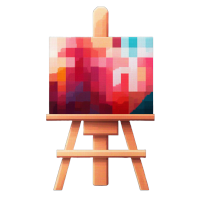How to Achieve Realism with Oil Paint
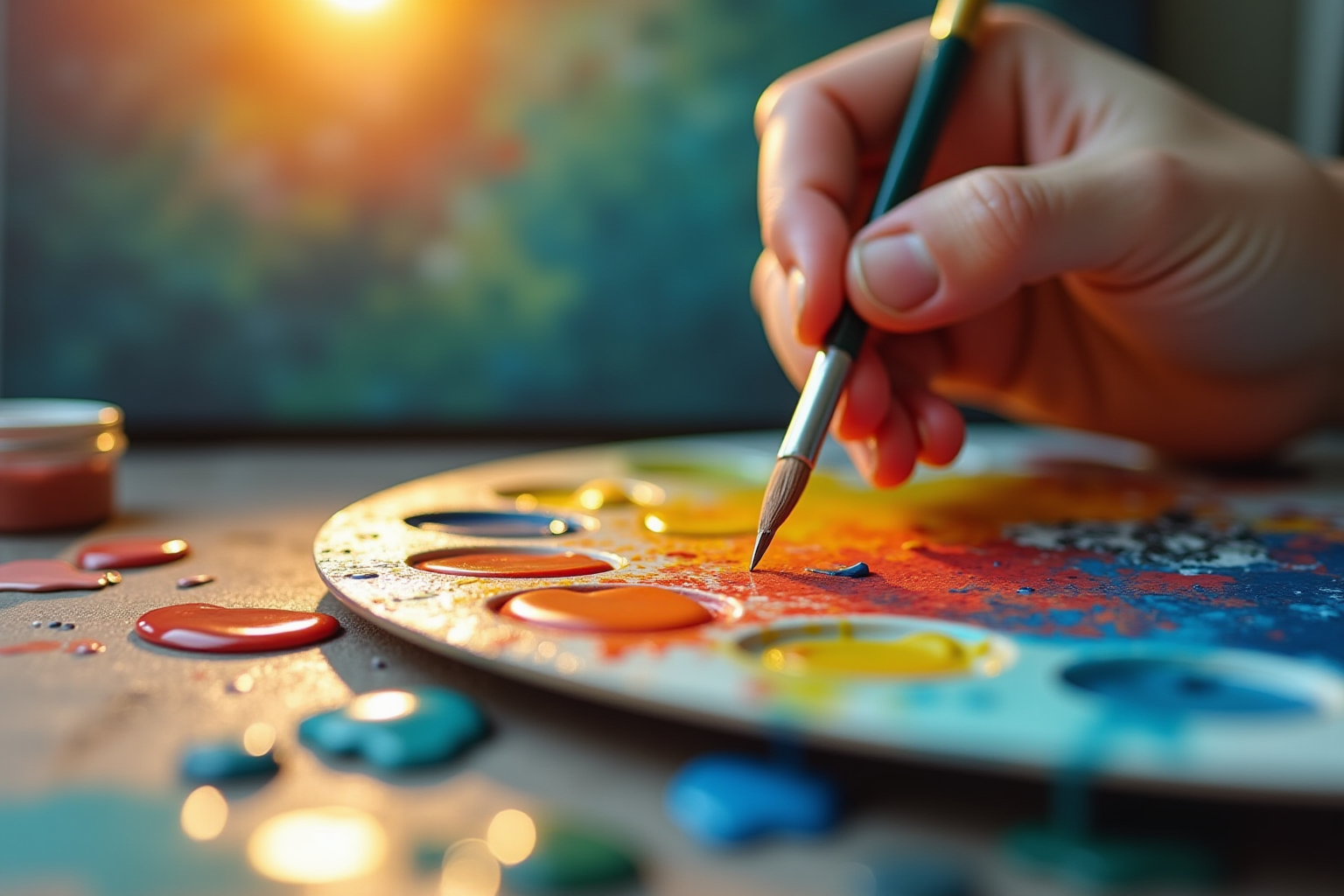
Unlocking the Secrets of Realistic Oil Painting
In the world of art, few styles captivate the eye quite like realism. The ability to create lifelike representations through oil paint can transport viewers into a scene, evoking emotions and memories with striking authenticity. Achieving this level of realism, however, requires a deep understanding of specific techniques and careful execution. Whether you are an aspiring artist or a seasoned painter looking to refine your craft, mastering realism techniques in oil can elevate your work to new heights.
This article will guide you through the essential elements of creating realistic oil paintings, beginning with color matching for realism. Understanding how to blend colors accurately not only enhances the vibrancy of your artwork but also ensures that the hues align with real-world observations, thereby grounding your painting in authenticity. Next, we will explore the importance of depth and shadow in realistic painting. Shadows add dimension and intrigue, allowing your work to resonate with viewers on a deeper level. Lastly, we will delve into layering techniques for realism, a fundamental practice that can bring richness and texture to your paintings, enhancing the overall sense of realism.
By the end of this article, you will have a comprehensive understanding of the tools and methods needed to create oil paintings that are not only visually appealing but also deeply realistic. Join us as we unravel the fascinating world of oil painting realism, providing you with practical tips and insights to elevate your artistic journey.
Color Matching for Realism
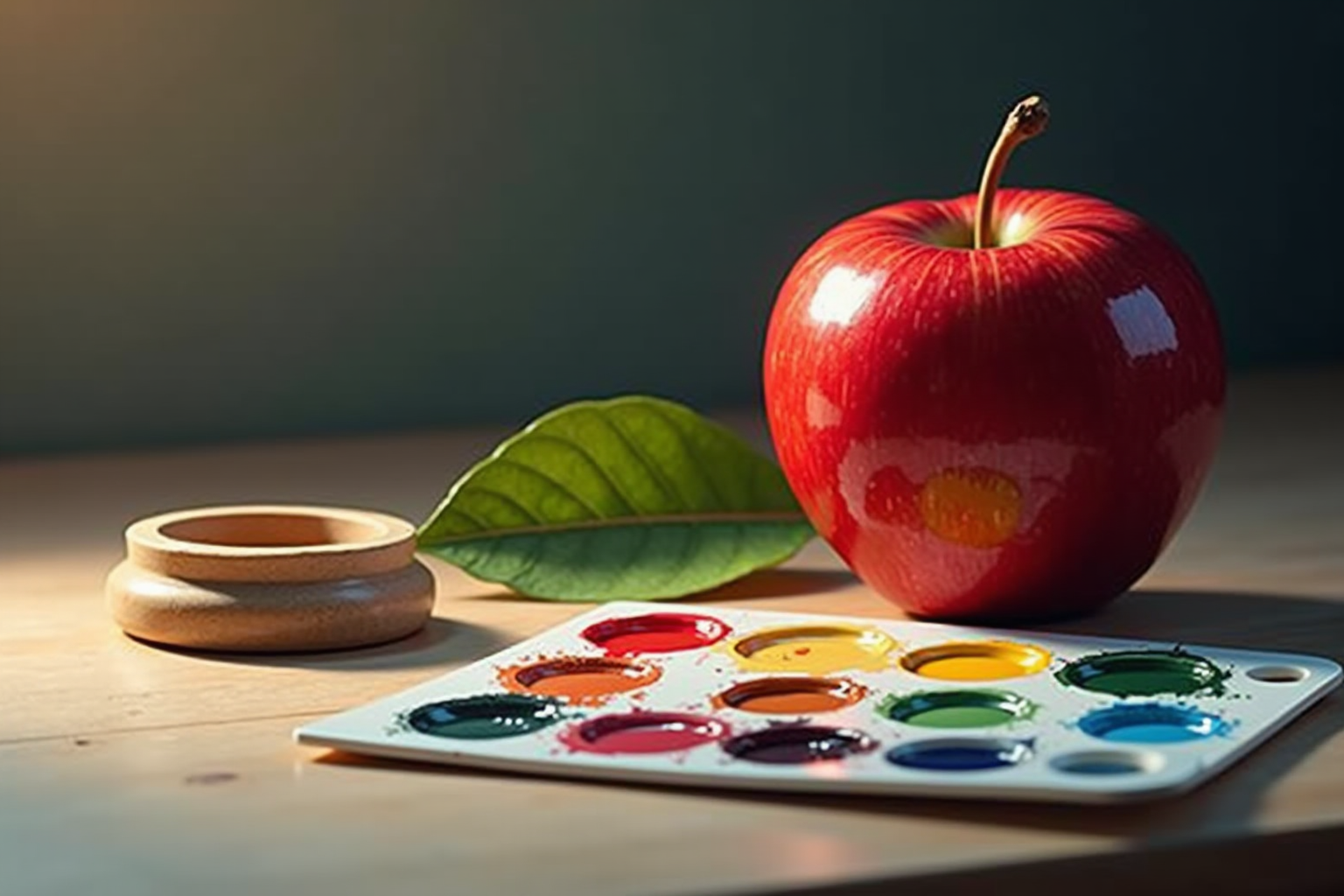
Color matching is a pivotal skill in achieving realistic oil painting. It is not merely a matter of selecting hues from a palette but requires an artist to observe, discern, and replicate the complexities of color as they appear in the natural world. Successful color matching hinges on understanding both the theory of color and the inherent characteristics of oil paints, enabling artists to capture the subtlety of light, shadow, and texture.
One of the first steps in color matching is developing a keen observational skill. Observing the environment around you—how colors shift under different lighting conditions, how textures impact perception, and how colors interact with one another—will facilitate a deeper understanding of realism techniques in oil. For instance, consider a simple still life: the interplay of light on a shiny apple versus a matte surface can dramatically alter how you perceive and paint color. The apple will reflect highlights—bright, vibrant tones—while the background may absorb light, requiring a muted, less saturated palette for authenticity.
When mixing colors, always start with a base knowledge of the color wheel. Understanding primary, secondary, and tertiary colors allows you to create a wide spectrum of hues, achieving the specific shades required for your subject matter. It is crucial to remember that colors in nature are seldom pure; they are affected by various factors such as the surrounding environment and the object's material characteristics. For example, a green leaf may appear more yellow in bright sunlight or more muted in the shade. A realistic oil painting is rooted in how accurately you can replicate these nuances.
Utilizing color swatches and making a color journal can also enhance your color matching capabilities. By practicing mixing colors to match your reference images, you will cultivate a refined eye for subtle differences in tone and temperature. Keep a small journal with swatches next to the actual objects you are painting. This practice not only hones your skills but also aids in developing your unique color palette over time.
Layering is another fundamental technique that complements color matching in oil painting. Applying a base layer can help establish the underlying tone of your work, allowing subsequent layers to build depth and complexity. Each layer of paint alters the perception of the colors beneath it, creating a rich tapestry of hues. When layering, consider using glazes—transparent layers of paint that modify the color beneath, allowing for nuanced transitions and luminous effects. For example, a deep red applied as a glaze over a lighter base can create a sense of depth and variation, simulating the way light interacts with objects.
Moreover, keep in mind the significance of value in color matching. Value refers to the lightness or darkness of a color and plays an essential role in creating the illusion of volume and space. Often, a well-executed painting may rely more on accurately representing the values rather than strictly adhering to the colors. Utilize a value scale to analyze your palette; a monochromatic study can greatly develop your understanding of how to manipulate values alongside color.
In conclusion, mastering color matching is vital for realism in oil painting, as it creates an authenticity that draws viewers into the artwork. By honing your observational skills, practicing color mixing, and utilizing layering techniques, you'll enrich your paintings with the nuanced and dynamic qualities that characterize lifelike representations. In your artistic journey, remember that the ability to simulate the true colors of the world around you will not only elevate your work but also deepen the emotional connection between your art and its audience.
Depth and Shadow in Realistic Painting
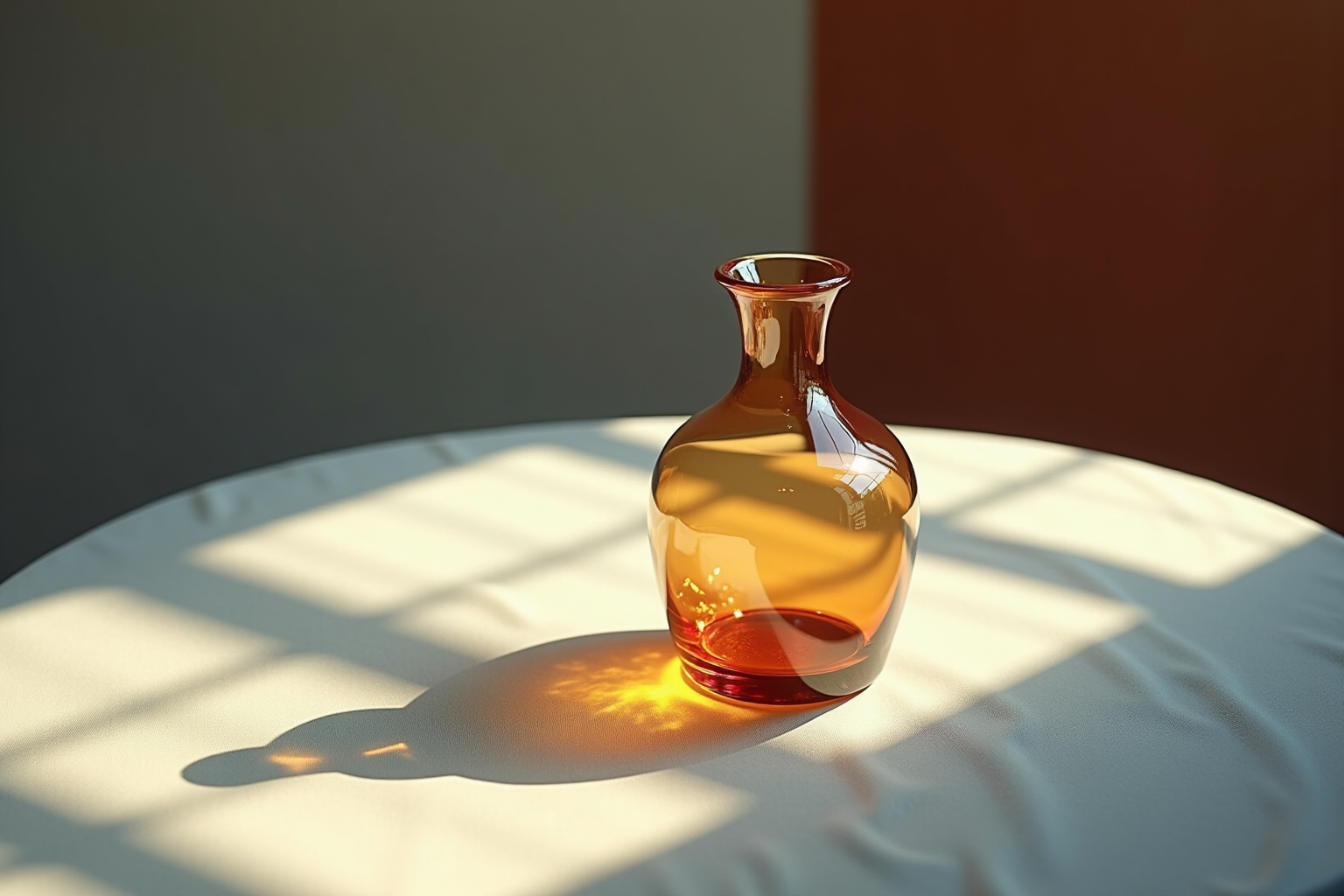
In the realm of realistic oil painting, depth and shadow serve as foundational elements that infuse life and dimension into the canvas. These components not only aid in conveying the three-dimensionality of objects but also establish mood and context, enriching the narrative quality of the artwork. Mastering the manipulation of shadow and depth can dramatically enhance your work, leading viewers into an immersive experience that echoes the subtleties of the real world.
To achieve depth in your paintings, it is crucial to understand the concept of value—the relative lightness or darkness of a color. Shadows play an integral role in establishing this value contrast. When painting, start by determining the light source in your composition. This will inform the direction and intensity of the shadows, as well as their color. For instance, a light source with a warm tone, such as the setting sun, might cast shadows that appear softer and possess a hint of color, whereas a cool, blue light source might yield sharper, more defined shadows.
A practical approach to creating realistic shadows involves implementing a gradation of values. Instead of painting shadows as solid black or dark grey, observe the colors they reflect or absorb from their surroundings. For example, the shadow of a vase sitting on a white tablecloth will not be a monochromatic dark but will include subtle variations that can reflect the color of the vase or the fabric beneath it. By applying layers of transparent glazes, you can create the necessary depth and complexity in shadows, thereby enriching the overall realism techniques in oil painting.
Furthermore, consider the role of cast shadows in your work. These shadows provide cues about the spatial relationship between objects and enhance the sense of unity within the composition. A cast shadow not only informs viewers about the object's location and shape but also enhances the interplay of light and dark, which is vital for achieving depth. When painting a still life, for instance, ensure that the cast shadow aligns correctly with the light source, thus maintaining the integrity of the scene.
In addition to shadows, the use of highlights cannot be overlooked. Highlights are essential for defining form and texture. They create points of interest that guide the viewer’s eye throughout the painting. For example, the glimmer on a glass object will require a careful observation of the surrounding colors and objects to replicate that luminous effect convincingly. By layering a translucent glaze of white or a lighter hue, you can achieve realistic highlight effects that convey a sense of light interacting with various surfaces.
Another effective technique for deepening shadows and enhancing depth is the use of atmospheric perspective. This concept involves altering the color and clarity of objects as they recede into the background. Distant elements may appear muted and cooler in hue, accommodating the viewer’s perception of distance. By applying this technique, you can create a compelling sense of space within your painting, contributing to the overall realism.
In practice, maintaining a consistent light source and honing your ability to observe these minute details during your painting process is key. Take time to analyze your still life setups, using a monochromatic underpainting to establish your values before layering on color. Fleshing out the complexities of light and shadow through careful layering will transform flat, lifeless paintings into vibrant works that pulse with realism.
In conclusion, the mastery of depth and shadow is essential for realistic oil painting. By employing value contrasts, gradations, and highlights, along with understanding the principles of atmospheric perspective, artists can create lifelike works that resonate with a silent power. As you continue to explore these techniques, remember that shadows and light are not merely accessories in your painting; they are vital storytelling elements that invite your audience to look deeper into the world you have created.
Layering Techniques for Realism
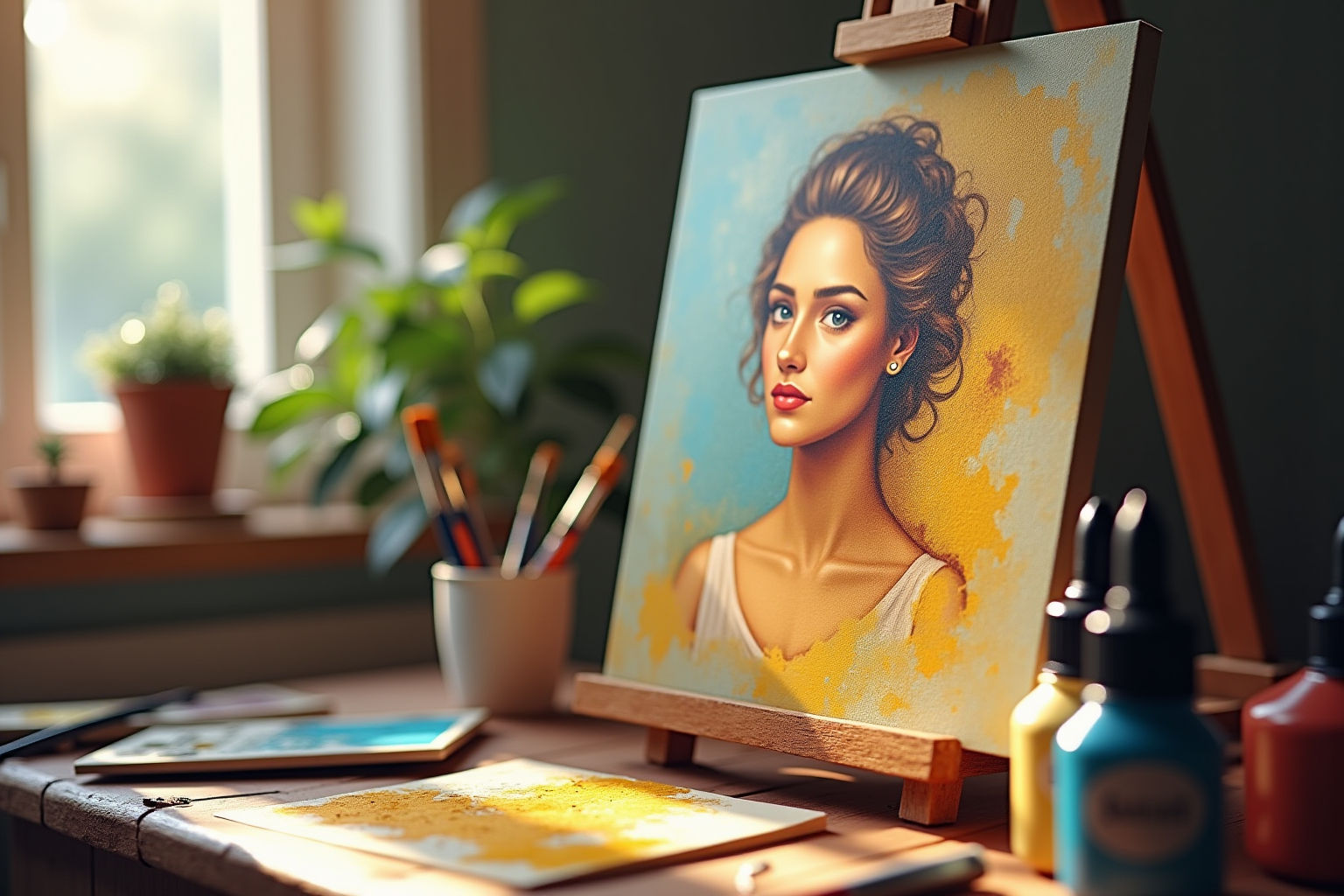
In the pursuit of realistic oil painting, layering stands out as a quintessential technique that enables artists to achieve depth, luminosity, and nuance. Through the strategic application of multiple layers of paint, artists can evoke a sense of realism that captivates viewers and draws them into the narrative of the artwork. This section delves into effective layering practices, offering practical advice and examples to harness the full potential of this technique.
The initial step in the layering process is the establishment of a solid underpainting. This foundational layer typically utilizes a monochromatic palette, often in shades of brown or gray, to delineate the basic shapes and values of the composition. A monochromatic underpainting not only serves to simplify complex color interactions but also allows artists to refine their understanding of light and shadow. For instance, when painting a portrait, an artist might begin with a burnt umber underpainting, mapping out the facial features, which aids in achieving accurate proportions and values before introducing the vibrancy of skin tones.
Once the underpainting is in place, the next phase involves layering color. Here, artists can experiment with transparency to produce a rich, multi-dimensional surface. Utilizing glazes—thin, transparent layers of oil paint—enables the artist to modify the colors beneath without entirely obscuring them. For example, a layer of translucent yellow ochre applied over a light blue base can create the effect of sunlight interacting with the surface of a water body, fostering a delightful sense of warmth and movement. This technique is particularly effective in landscapes, where the atmospheric qualities of different times of day can be captured through subtle variations in color saturation and temperature.
Additionally, consider the application of fat over lean (a principle guiding oil painting) as you layer your paint. The ‘fat’ refers to more oily mediums and heavier paint mixes, while the ‘lean’ entails less oily, thinner mixtures. This practice ensures that each layer remains intact and prevents cracking or lifting of previous applications, which could detract from the overall realism of the work. By gradually increasing the oil content with each successive layer, artists provide the necessary flexibility and longevity to their paintings.
Furthermore, pay attention to texture as you build layers. Different brush techniques—such as scumbling, stippling, or dry brushing—can create varied surface effects that enhance the realistic portrayal of an object. For instance, when painting foliage, a stippling technique can replicate the intricate details of leaves, while a dry brush can add a delicate texture to a worn surface, mimicking the wear and tear of time on objects. Each textural choice speaks to the tactile nature of the subject, reinforcing the viewer’s connection to the painted scene.
In practice, integrating these layering techniques requires patience and an understanding of drying times. Oil paint dries slowly, allowing for ample blending and adjustments in color and texture. Nevertheless, be mindful of too much buildup, which can detract from the sense of realism. Frequently step back and evaluate your work from a distance; this perspective will provide insight into how your layers interact with one another and if further refinement is necessary.
Another advantageous practice is to regularly refer back to your reference material. Whether painting a still life or a portrait, closely observing how light interacts with various textures and surfaces allows you to discern the subtleties missed during initial stages. Each layer added should reflect these observations, enhancing the authenticity of your painting.
In conclusion, mastering layering techniques is essential for achieving realism in oil painting. The integration of underpainting, glazing, and diverse textural applications can elevate your work to new heights of authenticity. By balancing fat and lean applications, observing drying times, and maintaining a constant reference to real-life subjects, you will bring depth and richness to your paintings that resonates powerfully with viewers. As you experiment with these techniques, remember that layering is not merely an aesthetic choice; it is a fundamental aspect of constructing a believable and captivating visual experience in your art.
Conclusion: Elevating Your Oil Painting Realism
In summary, achieving realism with oil paint hinges on three fundamental techniques: color matching, depth and shadow, and layering. Mastering color matching allows you to replicate the subtleties of hues and tones as they exist in the natural world, grounding your artwork in authenticity. Employing depth and shadow infuses your paintings with dimension and intrigue by carefully observing how light interacts with your subjects. Finally, leveraging layering techniques enriches your compositions, enabling you to create luminous effects and intricate textures that captivate the viewer.
As you embark on your artistic journey, remember that realism is not merely about imitation; it is a profound expression of perception, emotion, and connection. Apply these techniques with patience and intentionality, and you will not only enhance the visual impact of your work but also deepen the relationship between your art and those who engage with it. Embrace the continual exploration and refinement of your skills—each brushstroke brings you closer to unlocking the true potential of your creativity. Let your next oil painting be a testament to the beauty of realism, inviting others to step into the rich tapestry of your vision.
